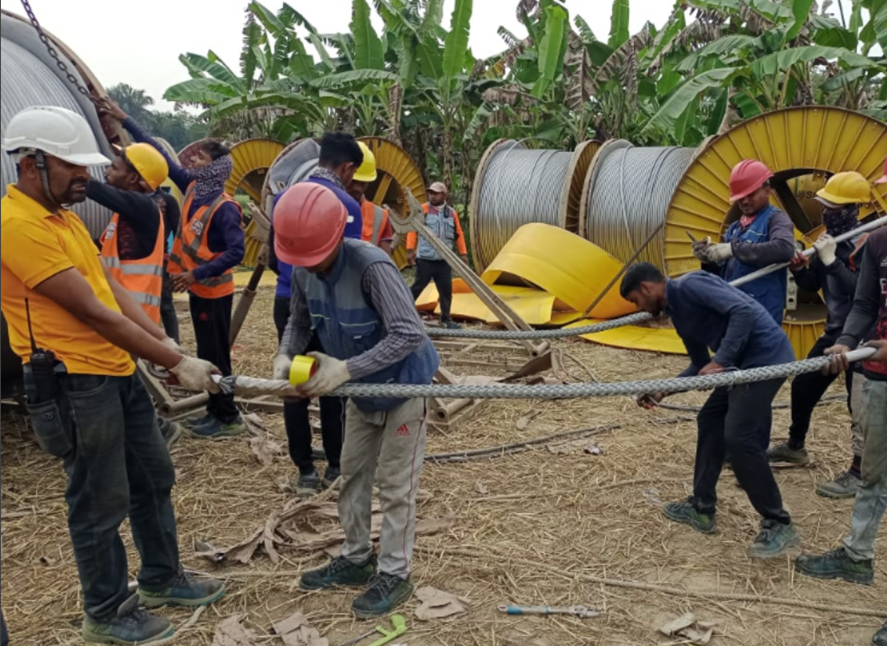In the realm of transmission and distribution (T&D) projects, the inclination often leans toward seeking the lowest upfront capital costs. However, there’s a notable shift in the U.S. towards considering overall benefits versus just the lowest cost, as highlighted by the Federal Energy Regulatory Commission (FERC) Order 1920. Montana’s recent legislation mandating utilities to assess efficiency advantages within their filings represents a step in this direction. Despite these positive strides, utilities typically favor larger capital expenditures that enhance their return on investment (ROI), making widespread acceptance of such measures a challenge.
Traditionally, utilities have favored more expensive transformers and equipment due to their long-term benefits and lower lifecycle costs. Similarly, Advanced Conductors, like the ACCC® Conductor, though priced higher per foot/meter compared to conventional options, offer significant advantages. However, their benefits, such as enhanced efficiency and reduced lifecycle costs, are often overlooked, particularly since transmission line losses are commonly passed on to consumers.
Considering these factors, Advanced Conductors deserve evaluation akin to other equipment selections, given their profound benefits. These benefits are crucial for constructing a robust and reliable grid, crucial for achieving electrification and sustainability goals, and supporting economic growth.
Here are some key benefits of Advanced Conductors:
-They are well-suited for reconductor projects, potentially doubling the capacity of existing corridors without requiring structure modifications, thereby reducing environmental impact and project costs by 50% or more.
-Their reduced sag enhances fire safety and minimizes sag-related power outages, addressing past incidents like the 2003 East Coast blackout caused by excessive conductor sag.
-Deployed on new lines, Advanced Conductors offer greater strength and reduced sag, enabling longer spans with fewer structures and smaller foundations, thereby lowering overall project costs, visual impact, and construction timeframes.
-The ACCC® Conductor’s composite core, being significantly lighter than steel, allows for the inclusion of more conductive aluminum without adding weight or diameter, resulting in reduced line losses by 25 to 40% or more.
-Reduced line losses can lead to decreased fuel consumption, lower CO2 emissions, improved economic viability for renewable energy assets, and lower consumer costs, aligning with sustainability objectives.
Examples like Southern California Edison’s (SCE) experience with the ACCC® Conductor underscore the tangible benefits. By utilizing ACCC® Conductors, SCE increased the capacity of numerous transmission lines, mitigated sag infractions, accessed cleaner energy sources, and made significant progress towards meeting sustainability goals, all at a modest cost.
Internationally, entities like the Power Grid Company of Bangladesh have embraced Advanced Conductors to support economic growth and sustainability objectives, exemplifying their global relevance and impact.
While Advanced Conductors may entail higher upfront costs, their long-term benefits in terms of efficiency, reliability, and sustainability make them a worthwhile investment. Evaluating such solutions holistically, considering their broader societal and economic implications, is essential for modernizing transmission infrastructure and achieving collective goals. If you have any questions, please contact CTC Global at [email protected]





